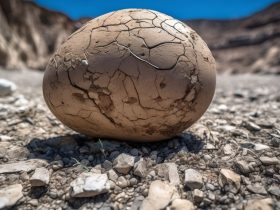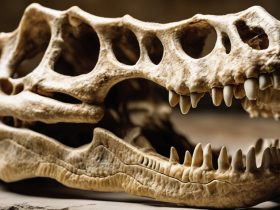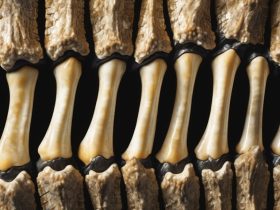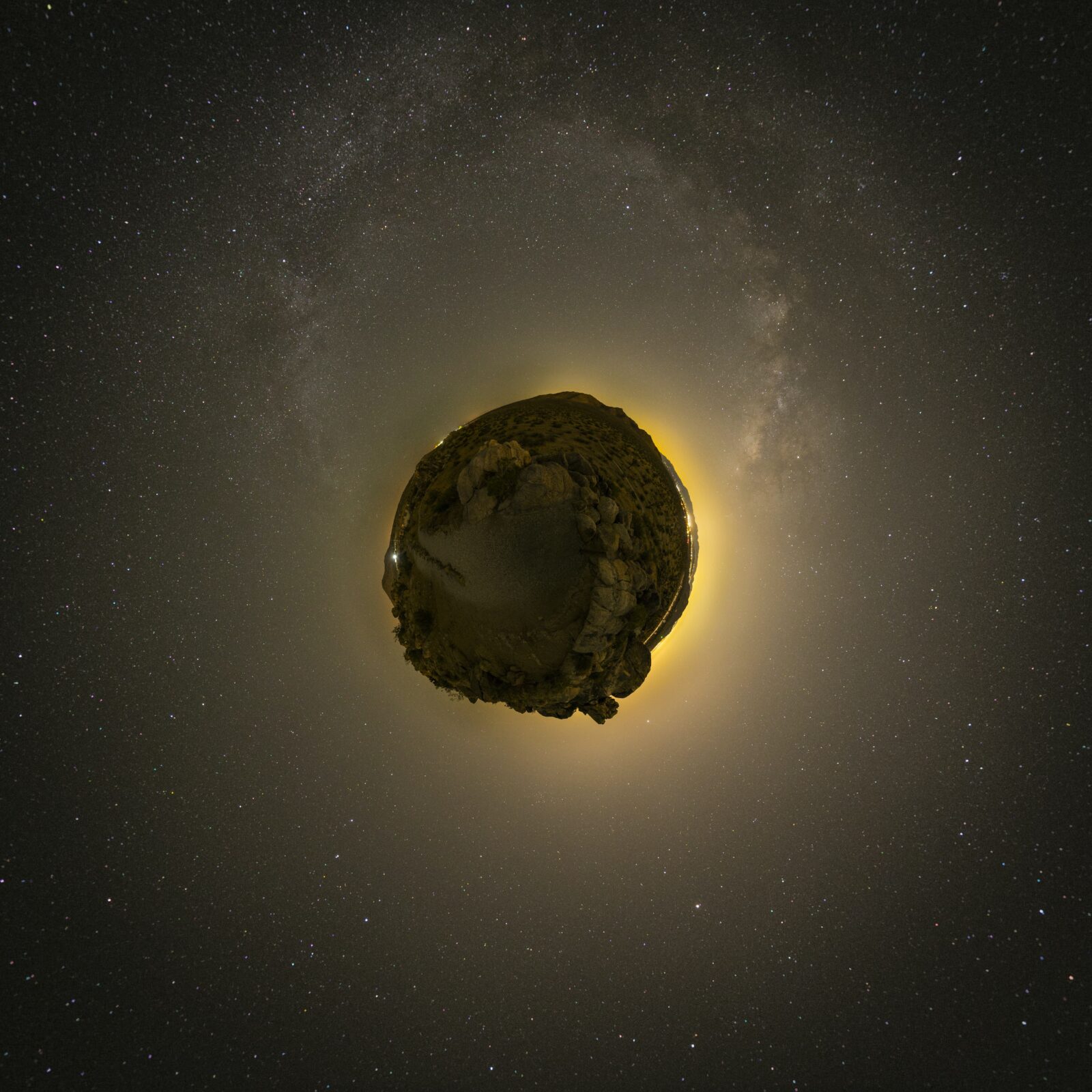America is the land that holds many clues about the prehistoric past. North America has the biggest dinosaur track sites, which makes it the perfect place to find out more about what caused their end.
From the Picket Wire Canyonlands in southeast Colorado to Jurassic remains found in rocks at Dinosaur National Monument in western Colorado, scientists believe the state of being evidence of the extinction of the era of the dinosaurs.
Age of reptiles and mammals
The separation between the age of reptiles and mammals took place 66 million years ago. The cause was an enormous asteroid strike close to the Yucatán Peninsula, Mexico. The big hit killed 75% of the Earth’s vegetation and animal life. The 93 miles wide and 12 miles deep is evidence of this hysterical event. As fascinating as it may sound, the damage left behind is significant. The strike sent plumes of radioactive dust into the sky, which eventually covered the Sun. Therefore, the creatures walking on our planet choked to death, and volcanoes start erupting.
Radioactive dust
The radioactive dust left its mark on Earth. As it fell on the ground, including fossils, it created a new layer. The layer is known as the Cretaceous-Paleogene (K-Pg) boundary in our planet’s crust. The K-Pg layer tests show a high level of iridium, an element usually found in asteroids. The fact that the element is rarely found in our planet’s crust helped scientists finish their theory concluding the asteroid strike as the cause of mass extinction.
K-Pg Boundary sightseeing
You can see the K-Pg boundary while hiking, biking or horse riding in the South Table Mountain Park. There are two trailheads on the southeast corner of the park, which you can pick. To easily spot the boundary, look for a grey clay-like material embedded in the basalt rock.
However, you can also take a peek into the prehistoric past in Trinidad Lake State Park. The past left more marks on this area, and it is easier to access. Look for the same grey material embedded in the sandstone rock.


























Leave a Reply